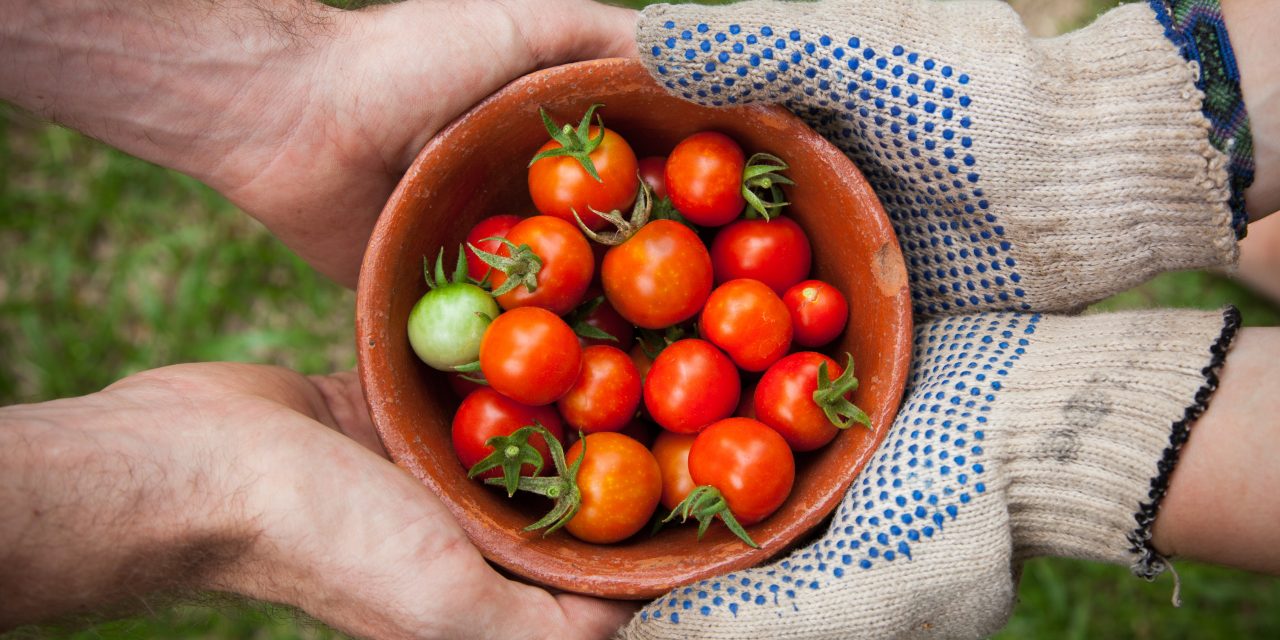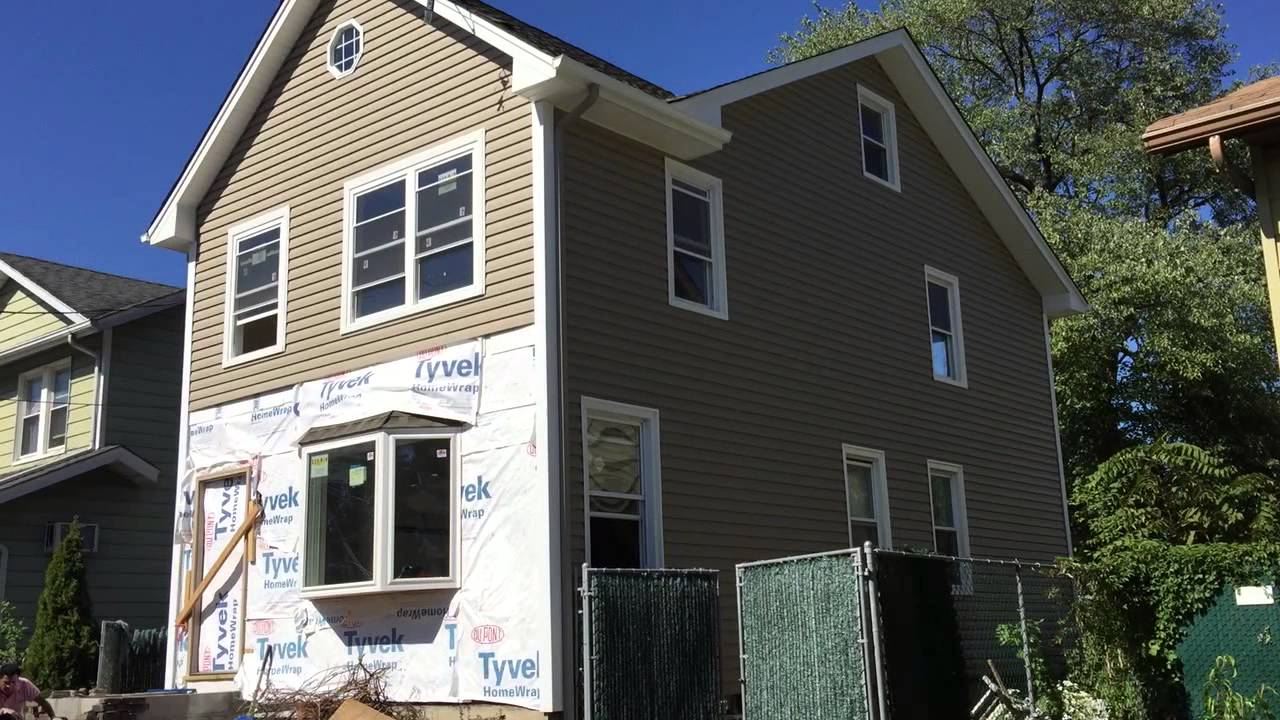Eliza Cusack
All of this extra free time at home allows for some DIY projects around the house, including that veggie garden you have always wanted. Starting your own vegetable patch may be easier than you think and doesn’t have to be time-consuming and tedious.
The first step will be to choose an ideal location for your garden bed. Vegetables usually need about six to eight hours of sunlight a day, so make sure to choose a spot with this in mind. It is important to choose a location that is slightly elevated, avoiding an area that could become waterlogged. Building the garden bed will be the next step. There is either the option of planting into rows and plots or utilising a raised garden bed. Planning your veggie garden layout is an important step because most vegetables need a particular amount of space in order to thrive. Some of the easiest vegetables to grow for beginners include perennial herbs such as rosemary, mind and thyme, zucchini and cherry tomatoes. Plants like zucchini and tomatoes will continue to flourish throughout the season whereas other plants such as carrots will only produce once.
Before planting your veggies, make sure your soil is the best it can be. Adding compost to your soil is an amazing way to do this organically. Backyard compost or worm farms are two great options for utilising your food waste, providing you with a rich soil fertiliser optimal for growing veggies. After you have planned your garden and considered the soil for the veggies, the rest comes down to caring for your new veggie patch. Water your garden early in the morning if possible and try to weed the garden bed weekly to stop weeds reaching seeding maturity.
Despite having a small balcony, anyone can start their own veggie garden and benefit long term from the abundances of fresh veggies you can use in your kitchen!












